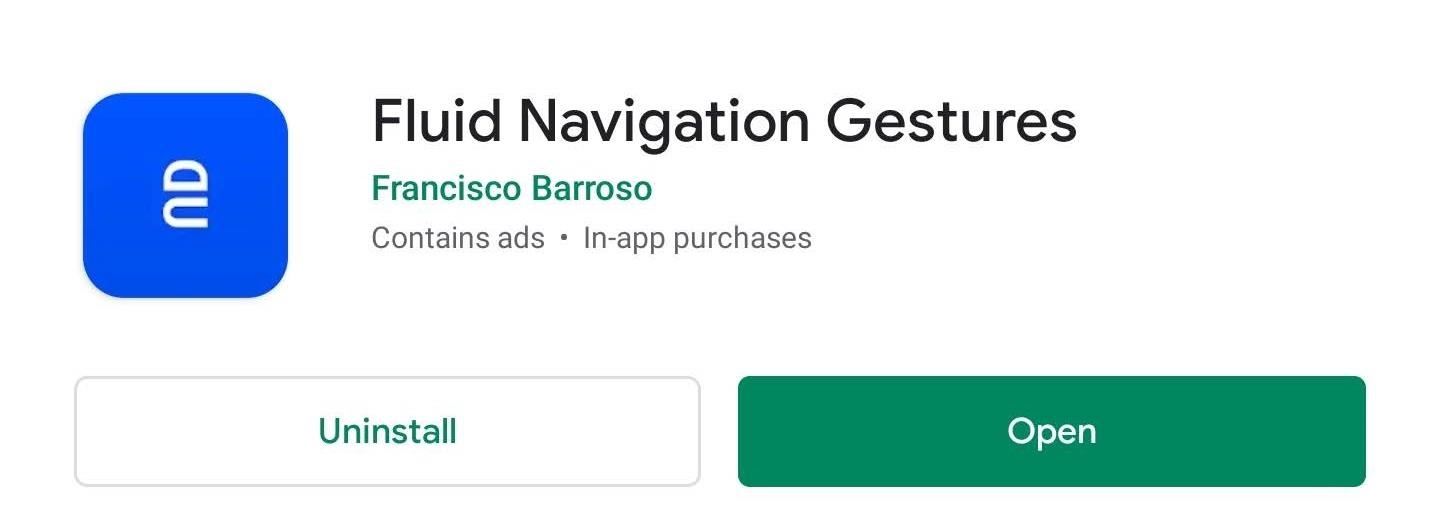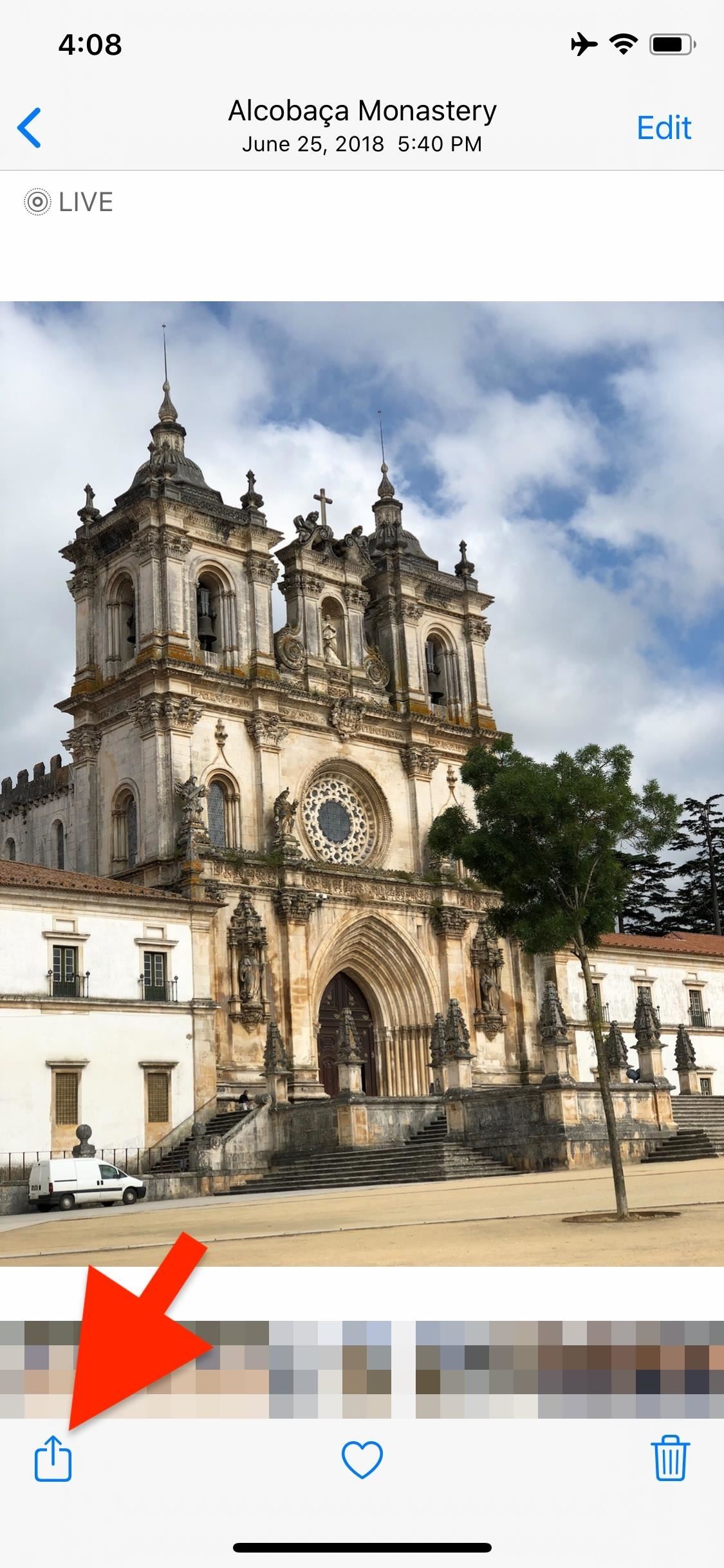Grid Will Hunting
Researchers see the combination of Web services and peer-to-peer helping bring their vision of grid computing to life
HERE COMES GRID computing, folks. It looks a lot like peer-to-peer from one end of the elephant, but swing on over to the other side and it’s merging with Web services-WSDL (Web Services Description Language) in particular, says a group of researchers from academia and IBM.
According to “The Physiology of the Grid, An Open Grid Services Architecture (OGSA) for Distributed Systems Integration,” a paper presented at the Global Grid Forum in Toronto last week, grids are intersecting with Web services because of two important trends. First, the rise of the Internet and cross-enterprise business systems has encouraged the decomposition of integrated, host-centric computing centers into distributed systems. Second, component architectures such as J2EE’s (Java 2 Enterprise Edition) Enterprise Java Beans have made cross-platform deployment a commodity, while Web access to back-end resources has pushed desired content closer to the edges of the network. The result is a decentralized and distributed infrastructure that exists both inside and across corporate firewalls.
Now comes Web services to the rescue. Not only are they language-neutral and system software-neutral, they also provide dynamic and scalable mechanisms for dealing with constant changes in demand for services across multiple platforms and applications — or at least they will once WSDL, UDDI (Universal Description, Discovery, and Integration), and other specifications mature.
Ian Foster and Steven Tuecke at Argonne National Laboratory, Carl Kesselman at the University of Southern California’s Information Sciences Institute, and Jeffrey M. Nick at IBM authored the breakthrough paper, in which they bootstrapped work they contributed to the Globus Toolkit, a University of Chicago open-source reference implementation of grid protocols.
Similarly, the authors are capitalizing on Web services attributes such as service description and discovery, automatic generation of client and server code, and binding to network protocols. Three standards are initially targeted: the SOAP (Simple Object Access Protocol), WSDL, and Web Services Inspection.
SOAP provides a messaging mechanism that carries payloads on top of HTTP, FTP, JMS (Java Messaging Service), and other transport protocols. WSDL abstracts message structures and sequences of message exchanges as service interfaces separate from transport protocol and encoding format. Finally, a WSIL (Web Services Inspection Language) document contains service descriptions — a URL to a WSDL document or a reference to a UDDI registry.
WSDL’s ability to partition a service interface from the protocol used to invoke the interface is the single-bullet theory for this conspiracy. This produces quality of service by matching the transport protocol to the requirements of the particular problem.
It’s also the intersection of grid and Web services, where what Foster and his compatriots call the “virtual organization” is enabled. Virtualization not only allows a common interface across disparate platforms and tools, but it leverages the individual strengths of native capabilities, as the authors underline, “so that the Grid environment does not become the least common denominator of its constituent pieces.”
Peer-to-peer has survived in spite of the maligned reputation of its Napster roots, but only recently have some begun to acknowledge the common thread running between grid and peer services. “Obviously SETI@home made people start to think about peer-to-peer,” says Dan Reed, executive director of the National Center for Supercomputing Applications (NCSA). “Grid computing is more focused on supporting a class of applications that require tighter integration of the components, where you have to move more data around and have to do so more frequently.”
To Reed, the Web made a broad set of data accessible to large communities. “But most of that data, notwithstanding various Web enhancements, is largely passive information,” he continues. “The thing that the grid provides as a transforming principle is making pieces of data and infrastructure out there active, so that they can interact with components and with individuals.”
Examples include coupling distributed data archives to do virtualized data mining and queries, or connecting industrial plants and monitoring facilities together with computations and financial models — in sum, the “kind of infrastructure that allows active interaction of active components of computing, of storage, and of instrumentation,” Reed says.
“We’re building what we hope will be a high-end backbone. Just like the ARPAnet started out with a small number of sites, and morphed by aggregation of regional nets and expansion into the Internet, this teragrid will be the initial backbone for a science/research grid that will span the [United States]”
The cross pollination of peer, grid, and Web services will inevitably encompass pervasive computing, Reed predicts. “We’re not very far away from being able to deploy large numbers of millimeter-sized wireless environmental sensors for everything from smart tags on FedEx packages to stress management and measurement on bridges.”
“What happens when you have millions of those things, integrating those into the grid infrastructure so that you can do data fusion and assimilation?” Reed wonders. “When I’m really whimsical, I talk about a world where every frog has an IP address, and you can do environmental monitoring and understand what’s going on at that scale. But that’s a story for another day.”
For that, he’ll have to join Kleiner, Perkins’ Vinod Khosla, Xerox Palo Alto Research Center’s John Seeley Brown, IBM’s grid czar Irving Wladawsky-Berger, and many others at the InfoWorld CTO Forum 2002, April 8 through April 10 in San Francisco. Grid willing, that is.




